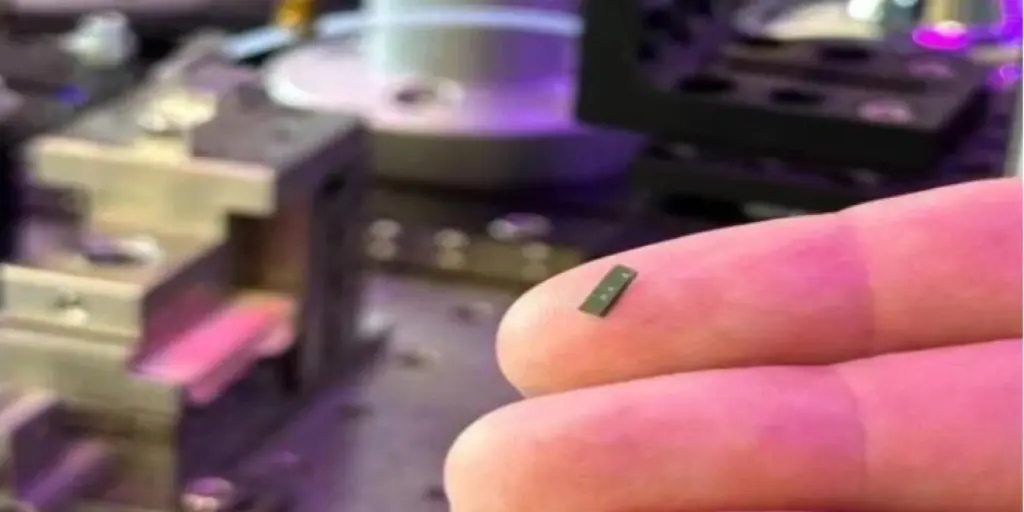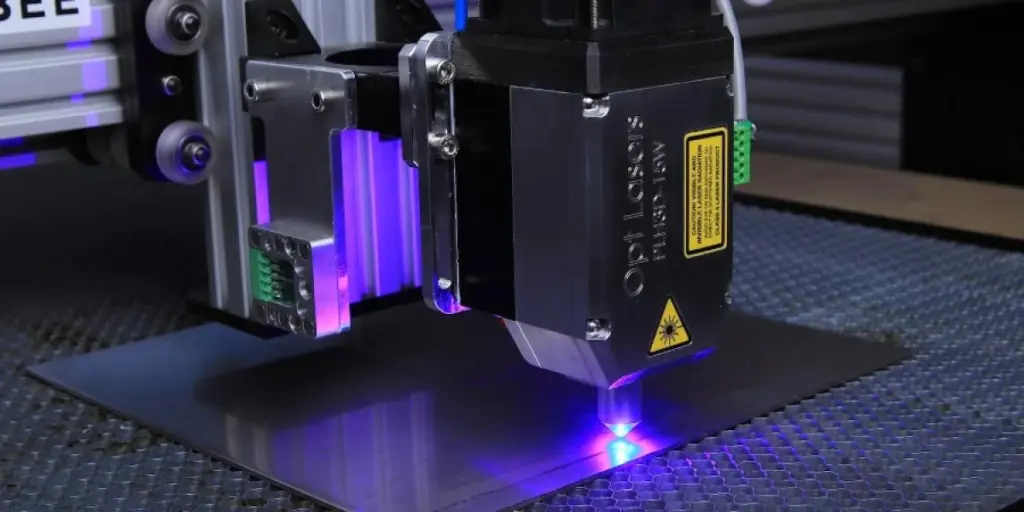A research team from Stanford University announced that they had successfully manufactured an effective passive ultra-thin laser isolator with silicon.
Silicon-based integrated circuits will follow Moore’s Law and can drive the progress of semiconductor technology. With the advent of photonic integrated circuits, researchers have gone beyond the traditional circuit architecture. However, the lack of a stable and reliable silicon chip laser source has always been a major obstacle limiting the potential of silicon photonic integrated circuits – each laser beam needs an isolator to make it unstable and prevent back reflection from entering the laser.
Traditional optical fiber and large optical systems often use optical isolators with Faraday Effect for laser maintenance. Although this method can be re-applied on the chip, its scalability is still poor because it is incompatible with complementary metal oxide semiconductor (CMOS) technology. On the other hand, scientists have also made progress in making nonmagnetic isolators (independent of the Faraday Effect), but this will lead to the complexity and power consumption of the entire system.
In their paper published in Nature Photonics, researchers from Stanford University proposed that the ideal isolator should be completely passive and nonmagnetic to achieve the scalability and compatibility smoothly with CMOS technology.
They created an effective passive chip-level isolator using silicon material, which can be laid in a semiconductor material layer hundreds of times thinner than a piece of paper. This integrated continuous wave isolator, made of silicon nitride (SiN), a general semiconductor material that is easy to mass produce, has a Kerr Effect.
Kerr Effect indicates that isotropic materials become birefringent under the action of an electric field, and the electric field caused by light will lead to the change of material refractive index, which is proportional to the light irradiance. The latter effect becomes more significant in the laser beam of equal intensity.
The research results of the above team show that the Kerr Effect’ in the SiN ring breaks the degeneracy between the clockwise and counterclockwise modes and allows waves to be transmitted asymmetrically. The main laser beam passes through the SiN ring, causing photons to rotate clockwise around the ring. At the same time, the reflected beam makes the photon spin counterclockwise. The circulation in the ring leads to the accumulation of energy. The increased power will affect the weaker beam (in this case, the reflected beam), and the stronger beam will not be affected.
Jelena Vukovovic, professor of electrical engineering at Stanford University and senior research author, and her team had established a prototype as proof of concept and demonstrated the coupling of two ring isolators in cascade to achieve superior performance. They also reported that they could balance the isolation and loss related to the coupling of the ring resonator by changing the coupling.
Next, the researchers plan to study isolators further with different optical frequencies and will work to reduce these components to explore other applications of chip-level isolators.
Source from ofweek.com




